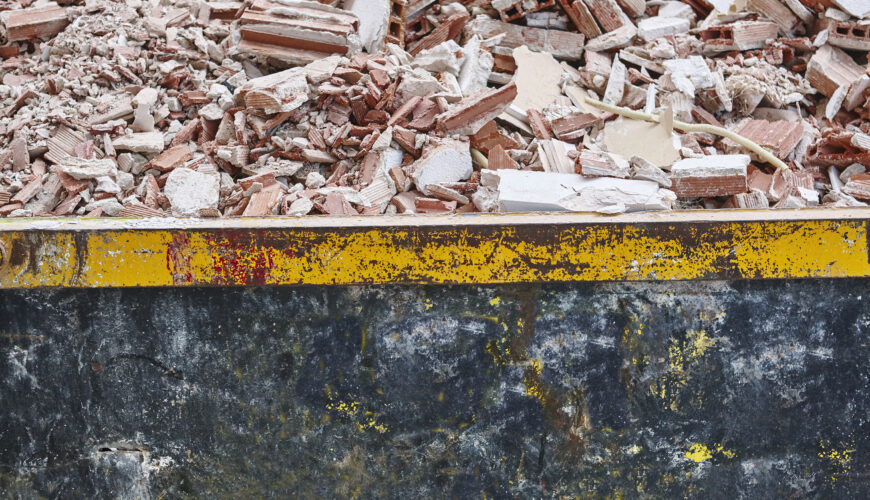Safe construction waste material removal is of utmost importance in NSW. Construction waste materials can pose significant risks to human health and the environment if not handled and disposed of properly. Therefore, stringent regulations and guidelines have been put in place to ensure safe removal and disposal practices.
The first step in safe construction waste material removal involves identifying the types of waste materials generated during the construction process. This includes materials such as concrete, wood, metal, plastics, and hazardous substances like asbestos. It is crucial to separate and categorize these materials to ensure appropriate handling and disposal methods.
Once identified, construction waste materials must be properly contained and stored onsite to prevent any leakage or contamination. This includes the use of containers, fencing, and covers to secure the waste until it can be removed. Construction sites should also implement measures to prevent stormwater runoff from coming into contact with the waste, as it can transport pollutants to nearby water sources.
In NSW, licensed waste contractors must be employed for the removal and transportation of construction waste materials. These contractors are required to comply with the regulations set by the NSW Environment Protection Authority (EPA). They must have the necessary equipment and expertise to handle different types of waste materials safely.
The disposal of construction waste materials must also adhere to the regulations set by the EPA. Certain waste materials, such as hazardous substances or asbestos, may require special disposal methods to ensure minimal risk to human health and the environment. Landfills and waste treatment facilities that accept construction waste must be licensed and compliant with the necessary standards and guidelines.
To further promote safe construction waste material removal, the EPA actively educates and informs industry professionals and the public about the importance of proper waste management practices. They provide guidance materials, workshops, and training programs to raise awareness and improve compliance.
In conclusion, safe construction waste material removal is a crucial aspect of construction practices in NSW, Australia. Strict regulations and guidelines are in place to ensure that such waste is handled, transported, and disposed of in a manner that minimizes risks to human health and the environment. By following these guidelines, the construction industry can contribute to sustainable waste management practices and promote a healthy living environment for all.

